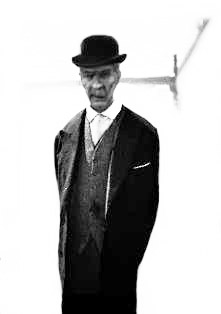Michael’s collection contains many references to A Popular History of East Kerry (1931) by T M Donovan and includes Michael’s own handwritten index thereto (IE MOD-74-74.2), notes on the content of the book, genealogical notes on Donovan and a copy of an article by Donovan (IE MOD-74-74.5) published in the Westminster Review in 1902.
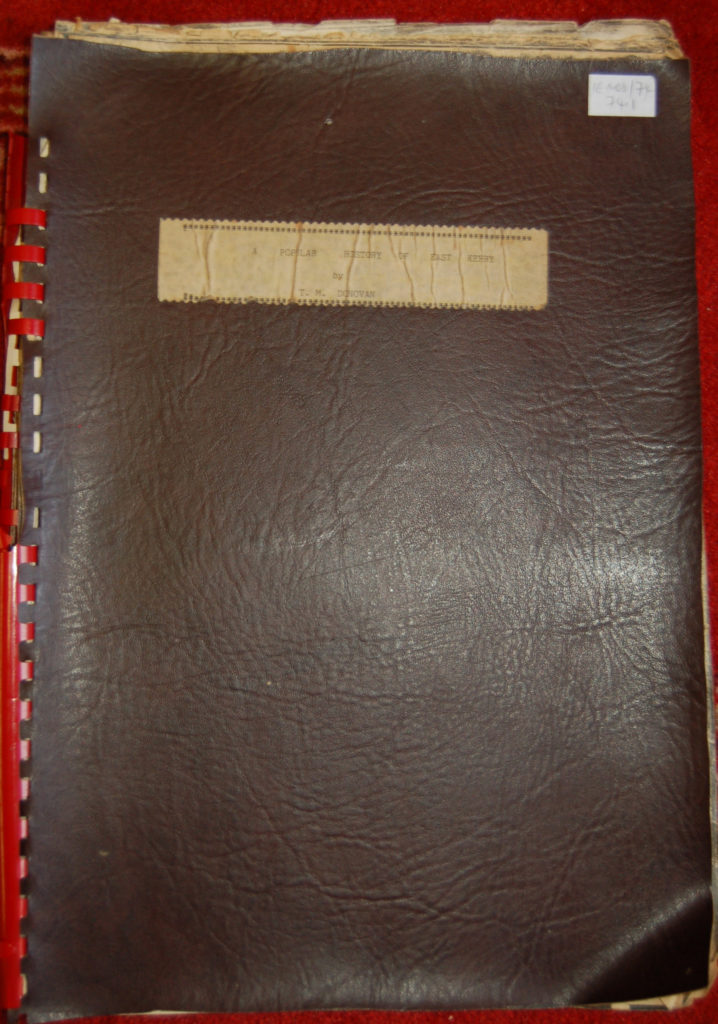
It is clear Michael appended a particular value to this work.
Castleisland-born writer
Teacher and author, T[imothy] M Donovan, who lived most of his adult life in Australia, was born in Castleisland c1863, son of Michael Donovan and Ellen Lenihan (or Linehan), the third of six children.1 He attended school in Castleisland and wrote an account of his experiences there:
Archdeacon O’Connell built the beautiful parish church in Castleisland and also that of Cordal. He also built the present Castleisland National School … I had the doubtful honour of being the only boy in the national school whom he personally flogged and yet when I knelt by his bedside on the morning he died the tears flowed copiously for the loss of a good friend and a wise spiritual father.
In a description of Powell’s Road, Donovan revealed the following about his ancestry:
The limestone peninsula of Anna juts out into the big bogs of Annabeg and Annamore … near Anna is Ballygree where my great grandfather, Thade [Timothy] Donovan, had a farm between Lady Northcote and Mr William Powell of East Sandville. His son John Donovan and the latter’s six sons were born and reared at Ballygree but lest I should be accused of foolish pride at the fact that my people were living between such grand folk I hasten to add that a goodly share of the Donovan farm was cut-away bog and I dare say that some of the six brothers were glad to get work from their big Protestant neighbours.
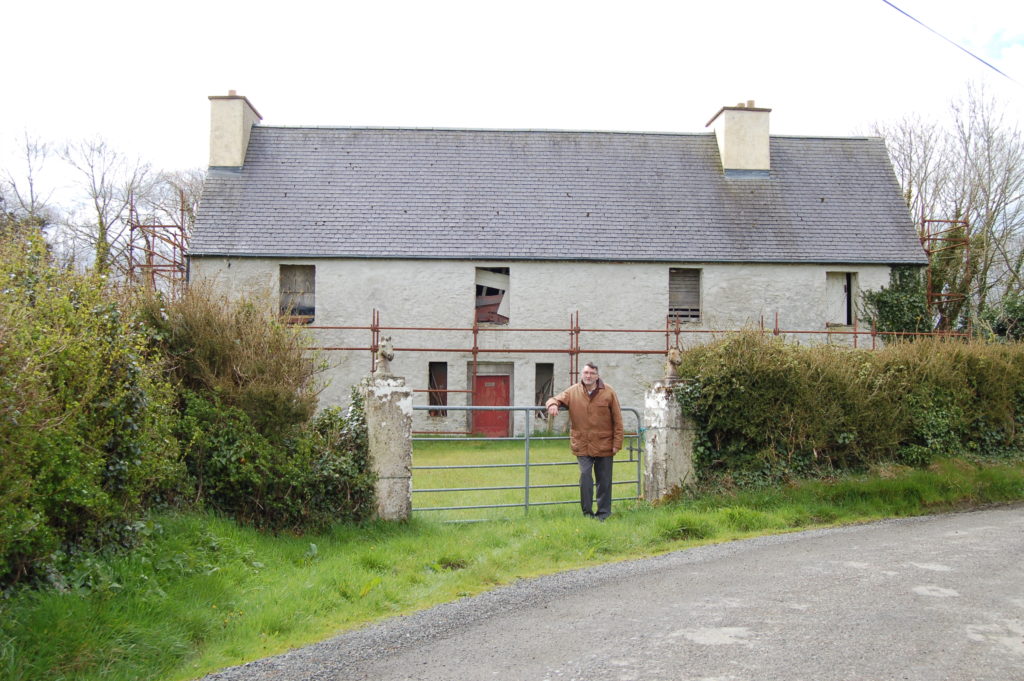
In the same article, Donovan recorded the demise of his family in Castleisland:
When reaping the Protestant corn my uncle John used to act as leader of the meitheal … the eldest of my uncles, Timothy, after whom I am called, was foreman and lodge keeper to Cardinal Wiseman in London. The Cardinal was nearly successful in making a priest of his eldest son John but in the very last year of his college course a young lady intervened and carried him off to the States … the children of all the six Donovan brothers of Ballygree went to the United States and I, after living forty years in Australia, am the last of the family of Castleisland.2
Australia bound
Donovan left Castleisland for Australia in the 1880s when he was in his mid twenties:
My old mate and dear friend Jack Brosnan and I left Castleisland, Co Kerry in August 1887. The ship bound for Australia was to leave from the London docks at Blackwall so we went to London, via Cork and Bristol … We were emigrants nominated passages from a friend in Brisbane, Jack Riordan.3
In May 1888, Donovan was appointed teacher of a small country school in Queensland, later being promoted.4 His career in Australia is open to research.5
In 1916 Donovan was granted seven months leave of absence during which he returned ‘to see my old mother in the New Line in Castleisland’:6
After a two months’ voyage we arrived in Castleisland about the middle of May … what a joy to breathe my native air once again, to meet old school mates, to kneel near the grave of my father. But the joy of all the joys was once more to hear my mother’s cry of welcome.7
Donovan remarked on his mother’s piety and how, after her death, he wrote a sketch of her life for the Catholic Advocate:
I have travelled the globe right round nearly five times and I have been in many lands – in every state of the Australian Commonwealth and through the United States, from ‘Frisco to New York and I have never met a man or a woman, priest or nun that loved Our Saviour more heartily and more humbly. Although a poor peasant woman she had the honour of giving a learned Jesuit Father and a hard-working Presentation Nun to the service of God.8
Publication of first book
Donovan’s first book, A Popular History of East Kerry, was a culmination of earlier articles. In two letters to the editor of the Kerryman in 1930, he outlined his publishing plan and sought subscription:
If I get any encouragement from East Kerrymen and women at home and abroad I would consider the project of publishing all my contributions to The Kerryman on the history of Castleisland and East Kerry in book form.9
Donovan made ‘no claim to deep research or perfect accuracy … nearly all my facts have come to me through King’s History of Kerry and through the late Mr Jeremiah Nolan of Castleisland who died a few years ago at the great age of 91′.10
One of the more memorable sketches from A Popular History was Donovan’s depiction of John Mitchel entering the Maine Valley in the mid nineteenth century (p71).
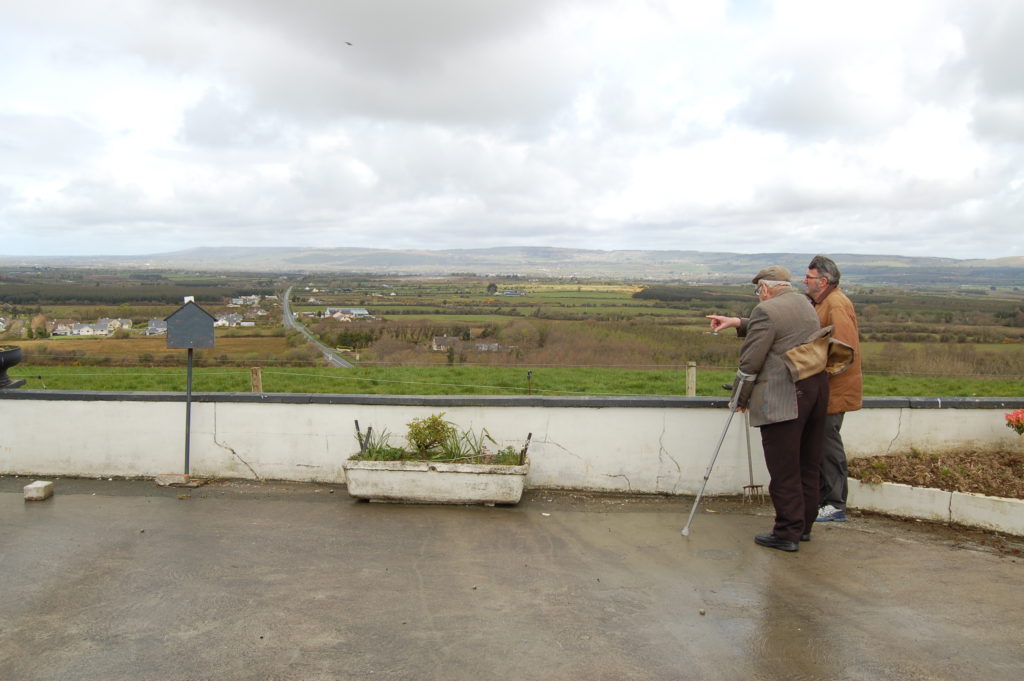
In 1941 Donovan revived the scene again:
More than 100 years ago an English artillery officer, standing on the high road near Mount Eagle, said it was the finest landscape view in all Munster; and John Mitchel, coming down the Caol-na-Sprida from Cork said it was “a valley worth fighting for”.11
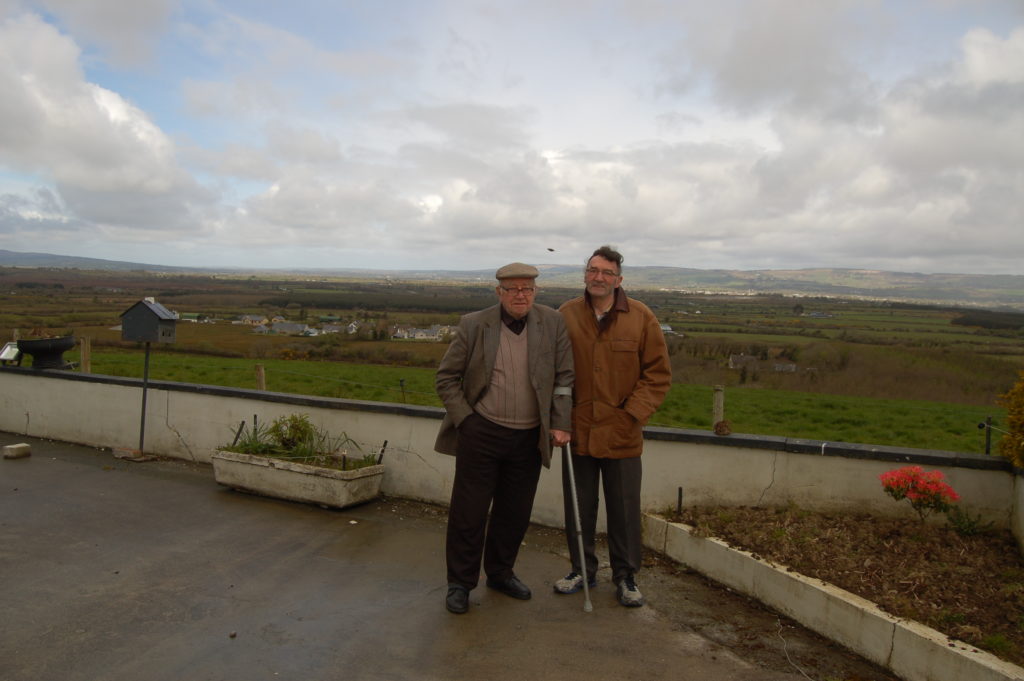
Donovan was in poor health during the composition of his second book, God’s Glorious Universe: Excursions to the Stars (1932). He described how during a two week vacation at Kenmare he had to attend Cork for medical treatment:
Last year when I was writing my book, God’s Glorious Universe, little I thought that the radium I described in one of its chapters would be used on my own body before a year had passed. Under the care of Dr James M O’Donovan, a professor in University College Cork a plaque of radium was applied to my face in order to cut away a growth that if not cleaned off might ultimately finish me off.12
Third book ‘a study of the emotions’
Despite this, another book, a work of fiction, was in progress and was published in 1933 under title The Two Mothers, or, Renunciation. It was reviewed in a local newspaper: ‘What Mrs Pender, Carlton, Griffin, Sheehan and Kickham have done for other parts of Ireland Mr Donovan is doing for dear delightful old Ciarraighe … we are given a study of the emotions of a typical Irish woman whose one ideal is to see her son a priest’.13
A fourth book, Revolution: Christian or Communist (1937) was reviewed in the Irish Examiner, 16 June 1937.
Donovan was vocal on public affairs. His letters and articles were published widely. In this letter to the editor in 1915, Donovan gave his view of local politics:
Bribery is rampant. It is a most scandalous fact that councillors are bought and the ratepayers are sold to the highest bidder. Sometimes a bottle of whiskey, sometimes a £5 note, and sometimes a life billet for a friend or relative. Worse still the river is tainted at its source. Many voters are bought for a treat or a crown or a bonham. The origin and font of power the polling booth is gerrymandered in face of and in spite of the laws against bribery and corruption … When a councillor takes a bribe he is surely dipping his hand feloniously into the taxpayers pocket as a pickpocket is when he steals a copper from the man in the street.14
A thrashing from his father
Donovan recalled how ‘even as a boy I had the itch of writing to the papers’. On one occasion that he did so, the result was not as he anticipated:
A certain hotelkeeper, then posing as a great land-leaguer, allowed his two side-cars to take members of the RIC to an eviction … So I wrote a pretty hot letter to the editor denouncing the inconsistencies. Instead of printing my letter he handed it to the hotel-keeper and I got a severe thrashing from my father.15
The thrashing did not put him off. His contributions to the press were prolific and poetic:
To Die in Holy Ireland To die in holy Ireland, amid the friends I love Would be a crowning gift and grace from our dear Lord above, But, O, to die for Ireland and see her once more free, Would make my hope in Heaven be far more dear to me.16
In another of his numerous articles, Donovan included a note on Captain Monteith (‘Roger Casement’s Last Adventure, Details of the Kerry Part of this remarkable 1916 Exploit’, Kerryman, 16 December 1933 & Derry Journal, 14 December 1934) .
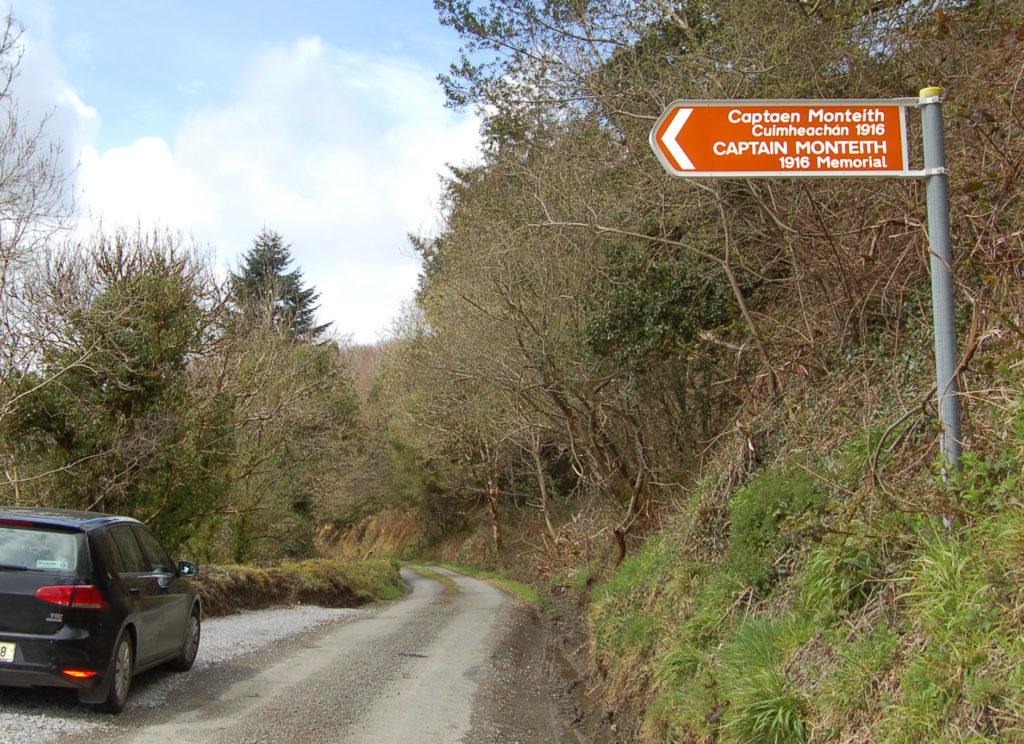
Life and marriage
Little is known about Donovan’s personal life and no photograph of him can be traced. The likeness below was created from committee chairman Johnnie Roche’s recollection of Donovan. It is the work of his grandson, student Jack Roche.
Johnnie described Donovan as ‘a thin, austere man, about 5′ 9″ tall’. Of this reconstructed image, he said, ‘the face is probably not a great resemblance, but generally, it’s a fair image’.
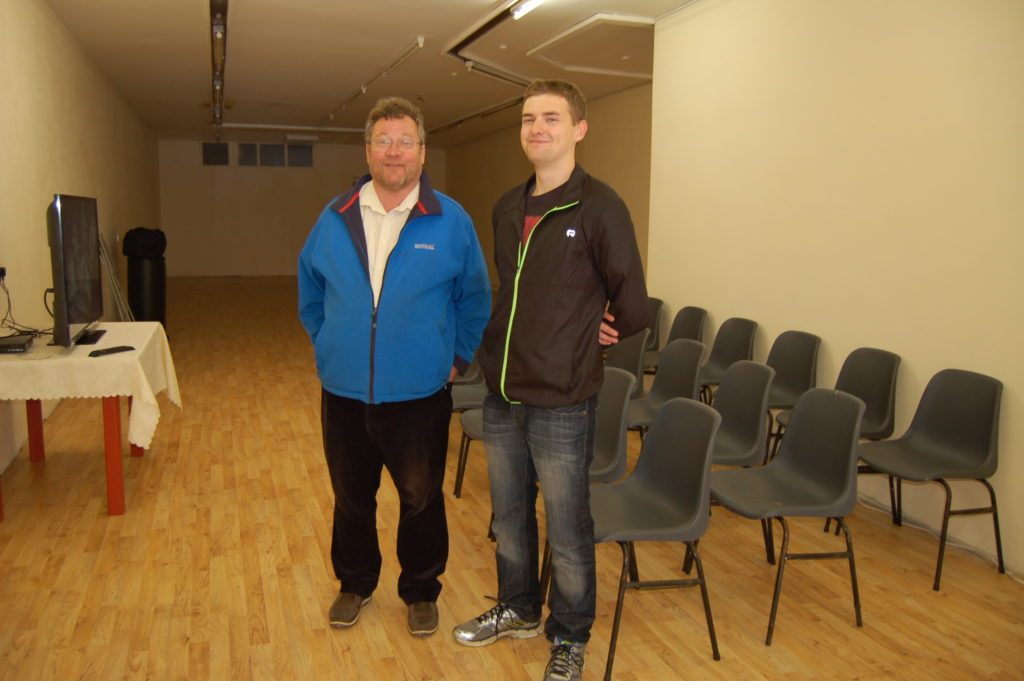
Notes in the collection reveal Donovan married in 1892; no known children were born of this marriage, which Donovan described as ‘twenty years of great happiness’. His wife died in 1913 and he married secondly in 1922 in order to qualify for a school with a residence in Queensland:
It was a “made match” to a woman I knew nothing of. She turned out to be a nervous wreck: the doctors called it “major hysteria” which I later found, was “a ducas” – a family failing. My life with her was a living purgatory.17
In 1926 Donovan returned to live in his native town and in the years that followed, was described as ‘easily Castleisland’s doyen intellectual. History, philosophy, fiction, sociology, all have been enriched by his versatile pen’.18
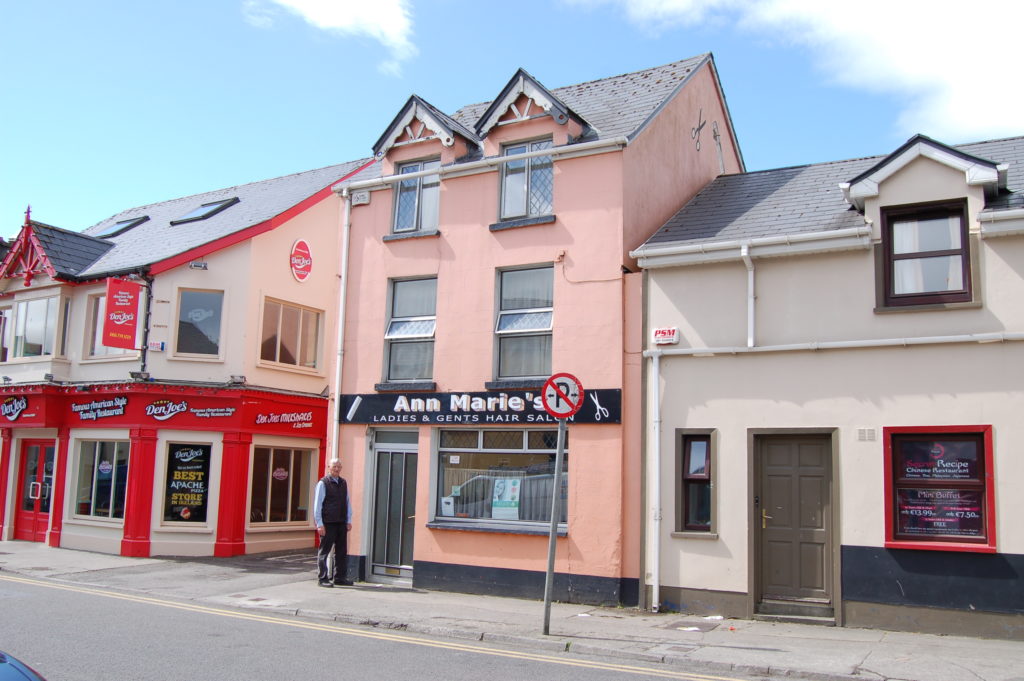
Donovan died in Castleisland on 13 June 1950. Notwithstanding his considerable contribution to the newspapers and indeed to literature, just a short notice appeared in the local press:
The death took place at his home in Church Street on Monday of Mr T M Donovan, aged around 90. He taught for many years in Australia and returned to his native town where he became interested in journalism. He wrote A History of Kerry and other books. He was a brother of the late Fr Donovan, SJ. The funeral took place to St Stephens’s on Tuesday. He is survived by his widow to whom deep sympathy is extended.19
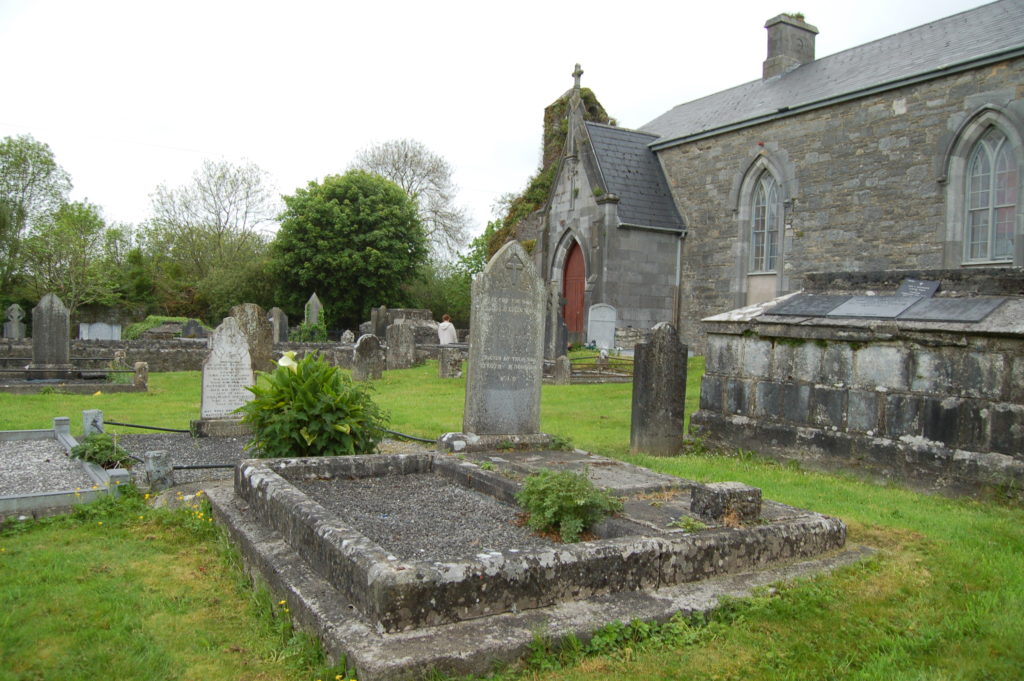
An un-catalogued box of Donovan papers is held at the National library of Ireland (reference number PC 896). The material was deposited in the 1960s; details of depositor not known. It is not currently available to researchers.
______________________________________________
1 Irish Genealogy records six children born to Michael and Ellen Donovan in Castleisland following their marriage there on 18 September 1859: John 13 October 1861, unnamed 1863, Timothy 1865, Mary 1868, Ellen 1871 and Michael 1875. In his article published in the Westminster Review in 1902, Donovan referred only to four: 'My old hardworking mother is still living in Kerry ... Her four children are in foreign parts'.
2 Kerryman, 27 Sept 1930, 'The English in East Kerry'. In a separate article, Donovan described how his grandfather, John Donovan was arrested by the yeomen in Castleisland in 1798 (Letter to the Editor, 'An Island of slanderers', Kerryman, 2 March 1929). In A Popular History of East Kerry, he wrote, 'There is no Donovan at Ballygree today because John Donovan was evicted by a ruthless agent' (pp59-60). A record of a number of Donovan's cousins including Arthur Lenihan of Woodville is contained in creator's notes. The following might also be of use: Mrs Ellen Tiernay died at Arlington Mass 9 April 1927, maiden name Donovan, born in Castleisland 79 years ago. Went to States via Fenit 61 years ago ... surviving her three sons, eldest Daniel B Tiernay chief of the Fire Department and six daughters, two in religion, sister Aloysius of St Joseph's Academy and Sister Joseph Patricia of Roxbury. The late Mrs Tiernay was first cousin of the Rev J Donovan SJ MA St Asaph, N Wales, of Mother M Francis, Presentation Convent Tweed River, NS Wales and of Mr T M Donovan Castleisland.
3 'An Irishman Down Under', Kerryman, 29 May 1926. Prior to their departure, Donovan described how they 'were not overburdened with ready cash' and that 'the loss of a new pair of breeches left in the train at Gortatlea was no joke to me'.
4 'An Irishman Down Under', Kerryman, 19 & 26 June 1926.
5 In 1920 his address was Mackay, Queensland and in 1925, State School, Dundowran, Maryborough. In 'An Irishman Down Under', Kerryman, 24 July 1926, Donovan described an earlier trip home 'while at Freeston' to visit his family.
6 'An Irishman Down Under', Kerryman, 24 July 1926. Five weeks of his visit were spent in Glenbeigh. In a subsequent article, Donovan wrote that he planned to return to Australia January 1918 ('An Irishman Down Under', Kerryman, 7 August 1926).
7 'An Irishman Down Under', Kerryman, 24 July 1926.
8 ibid. Donovan's brother, Jesuit Father and Greek scholar, Rev John Donovan, SJ (Society of Jesus) was author of many works including The Logia in Ancient and Recent Literature (1924). Rev John Donovan died in Tralee in 1933 (obituary in The Tablet, 15 July 1933). An account of his literary achievements was published in The Kerryman (24 November 1928, 'Distinguished Kerrymen', p10). His sister was Mother M Francis, Presentation Convent, Tweed River, New South Wales, Australia. The article referred to published in the Catholic Advocate (year not known) was entitled 'An Old Irishwoman'. The Catholic Advocate, owned by Hibernian Newspapers Ltd, was established in Brisbane in 1910 and folded in 1930. It was followed by the Catholic Leader. See http://trove.nla.gov.au/work/19160350?selectedversion=NBD4760767.
9 18 and 25 October.
10 He added that Jeremiah 'saw O'Connell passing through the town or putting up for the night at the Brandon Arms Hotel kept by a sister of Mr Roche of Sandville, then coroner for East Kerry in the house now owned by Mr Patrick Buckley BA' (Kerryman, 27 Sept 1930).
11 'In a Rich Munster Valley', The Kerryman, 16 August 1941. The Schools Collection reveals that Craol na spride was so called 'because a sprid was supposed to be seen there long' (The Schools’ Collection, Volume 0448, Page 065, Mary Hurley, student of Student of Scartaglen school). A student of Moyderwell school in Tralee gave a fuller account:
Long ago there lived a man named Sean Com in Craol na Spride about two and a half miles from Castleisland. He was married to a woman who was bold and wicked. One night they had an argument and she was so bad-tempered that she struck him with the tongs and shortly afterwards he died. After a while she pined away and died. When she died her ghost was often seen. One night a man was coming home late from Castleisland and she appeared to him. She knocked him in the flat of his back on the road and killed him. In the morning the body was found and the people guessed what had happened. The next night a group of men went to the place about twelve o'clock and she appeared to them again. The men gathered round her and killed her on the spot. Never since was she seen there. It is called Caol na Spride still (The Schools’ Collection, Volume 0440, Page 273-274; story by Sheila O'Rourke from Mrs O'Rourke, Ballymacdonnell, Farranfore).
12 Kerryman, 27 May 1933. The book was reviewed in the Irish Examiner, 30 November 1932: 'Fruit of forty-five years study of the stars as an amateur helped by the possession of a plane-sphere, a small telescope and Sir Robert Ball's Guide to the Heavens'.
13 Kerryman of 2 & 9 December 1933. Mrs Pender, better known as Mrs M T Pender, author of The Green Cockade (1898) The Knight of Glencar. Or, Out with the Connaught Clans (1914) and other novels and short stories including Red Hugh O'Donnell and Last of the Irish Chiefs was born (circa 1850) Margaret Teresa O'Doherty, daughter of Daniel O'Doherty of Ballytweedy, Killead, Co Antrim (who claimed descent from Sir Cahir O'Doherty, Lord of Inishowen). She married Mr Owen Hugh Pender (1847-1915) 'a respected member of the linen trade' and had issue including John Justin, HM Inspector of Factories (died suddenly in September 1905); Daniel Eugene (died in Belfast on 16 February 1899); William Sylvester (1879-1950) and James, a member of the Catholic Truth Society who died in October 1957. Mrs Pender's daughters included Nora, Margaret, Isabel Valentine and May Ethena. Mrs Pender's twenty-three year old grandson, Flight Lieutenant Owen Raymond Pilsworth, RAF, educated at Ampleford Benedictine College Yorkshire, son of Major Raymond Pilsworth of Thomastown, was reported missing in 1941. He is recorded on the Alamein Memorial, Egypt (see find-a-grave.com) date of death, 25 June 1941. Mrs Pender's residence in 1881 was Glengormley House; she wrote the following in her family bible:
January 13, 1881. How time flies. This old book is here yet and me too. I see some old and some new entries here, this is another. Margaret Theresa Doherty Pender has three sons and two daughters, two of the boys are at school and the rest at home.I have sent three poems to 'The Nation' and ' The Freeman' as my contribution to the cause of Irish liberty. 'Tis a wet and cold foggy day and Willie, with a yellow, curly head is running around the floor with Nora and Maggie. I have an ulster to make for Nora and a coat for John to go to school. Twenty years ago, my Mother was doing the same for me - dear Ma. Owen is at work. I have a box of geraniums inside the window and a box of snowdrops and crocuses outside Glengormley House. Do you want to know what I am like? I have on a red petticoat and black jacket with canvas slippers - working gear. My hair is tossed about my brow, I am not old looking and I don't feel old. Willie is pulling me, I must stop (reference Whitewell/rootschat.com).
In her literature, Mrs Pendle excelled in 'the wonders of old-time war strategy ... and descriptive detail of the struggles against the invader' (Irish Independent, 19 March 1920). Mrs Pender died on St Patrick's Day 1920. Obituary published in Irish Independent, 19 March 1920. A sketch of Mrs Pender in Aonac Mór, Book of the Bazaar The Official Guide and Souvenir In St Joseph's New Schools, Crumlin October 6, 7, 8 and 9, 1914. See also Georgina Clinton and Sinéad Sturgeon's entry in Dictionary of Irish Biography.
14 Kerry Weekly Reporter, 26 June 1915. The editor added: 'Mr Donovan was the Dublin correspondent of the Queensland Catholic Advocate and has contributed brilliant articles to the leading English and Australian magazines ... He was for many years in Australia where he was a State School Teacher and Justice of the Peace [from 1909] ... He returned to his native Kerry last April [holiday] expecting to find a people enjoying the beneficent results of good local government but was pained and disappointed when he discovered the uses to which the new powers are put in Kerry'. Of holidaying Donovan wrote, 'I have been in many cities of the world – in all the capital cities of Australia – in London, Dublin, Liverpool, Paris, New York and San Francisco but ... I would rather a holiday in the capital of the old Kingdom than in any of these great centres of commerce' (Kerryman, 11 April 1925, 'Old Times in Castleisland, Rambling Reminiscences').
15 'An Irishman Down Under', Kerryman, 29 May 1926.
16 Kerryman, 4 September 1920. The poem was submitted from Queensland to which he added a footnote, 'The Beighy and Lake Coomasahern are at Glenbeigh where I spent a delightful holiday in 1916'. His writings include a series of articles for the Kerry Weekly Reporter during a holiday in Ireland in 1916 (The Parting of the Ways, 12 August; Local Government in Kerry, 19 August; Mountain, Lake and Sea, 26 August; England's Strange Ally, 30 September; Irish Nationality, 30 December). In the same year (18 March 1916) he submitted an article to the Kerryman, 'Amateur Theatricals in Castleisland, An Appreciation'. 'Old Times in Castleisland, Rambling Reminiscences' in six parts was published in the Kerryman in 1925 (Part 1, 21 March; Part 2, 28 March; Part 3, 4 April; Part 4, 11 April; Part 5, 18 April; Part 6, 25 April), a foretaste of his History. Other articles include, 'Queensland and its Resources' (Cork Examiner, 16 & 23 June 1894); 'Our Parish Church' (Kerryman, 24 December 1926); 'The Past Pastors of Castleisland' (Kerryman, 29 October 1927); 'Past Parish Priests of Brosna', (Kerryman, 23 August 1930); 'At the Back of the Reeks' (Kerryman, 27 May 1933); 'Death of Captain Moonlight, A Hero of the Land War of the Eighties' (Derry Journal, 21 August 1935); 'The Pastors of Castleisland' (Kerryman, 28 November 1936); 'A Trip to Tralee, Changes the Years Bring' (Kerryman, 12 August 1939). A series of stories, 'Around the Turf Fire' was published in the Kerryman in 1927 and in the same year, fifteen chapters of 'The Heavenly Visitor, The Realt-Aird-Mor, Kerry in the Old, Old Days' was serialised in the same publication.
17 IE MOD/74/74.8. Donovan married Hanora O'Connor of Cangullia, Carker, Scartaglen and the couple lived at 8 Church Street, Castleisland (this numbering has changed over the last 30 years). Hanora died on 13 July 1953 and was buried at Kilsarcon on 1 August 1953. There is currently no information on Donovan's first marriage.
18 Kerryman, 21 Nov 1936.
19 Kerryman, 17 June 1950. Date of demise taken from death/burial records in the collection (IE MOD/15/15.7). In 1944 Donovan wrote a letter to the press about the state of St Stephen's churchyard, where he was laid to rest (IE MOD/74/74.4 (2)).


